"First water, second feces"
In An Co commune, Chau Thanh district, in recent years, thanks to the convenient irrigation canal system for production, the people here have had a relatively stable life. Mr. Ngo Van Dung and Mr. Lai Van Phuong are currently managing the intra-field canals in An Tho hamlet with an irrigation area of over 400 hectares.
“The land here is mainly used to grow cassava and rubber. Cassava is watered about every 10 days for 3-4 months, and only stops when it rains. As for rubber, in the dry season, water must be poured everywhere to keep it cool, so that the plants can grow well. Farmers have a saying: “First water, second fertilizer”, without water, nothing can be grown,” said Lai Van Phuong.
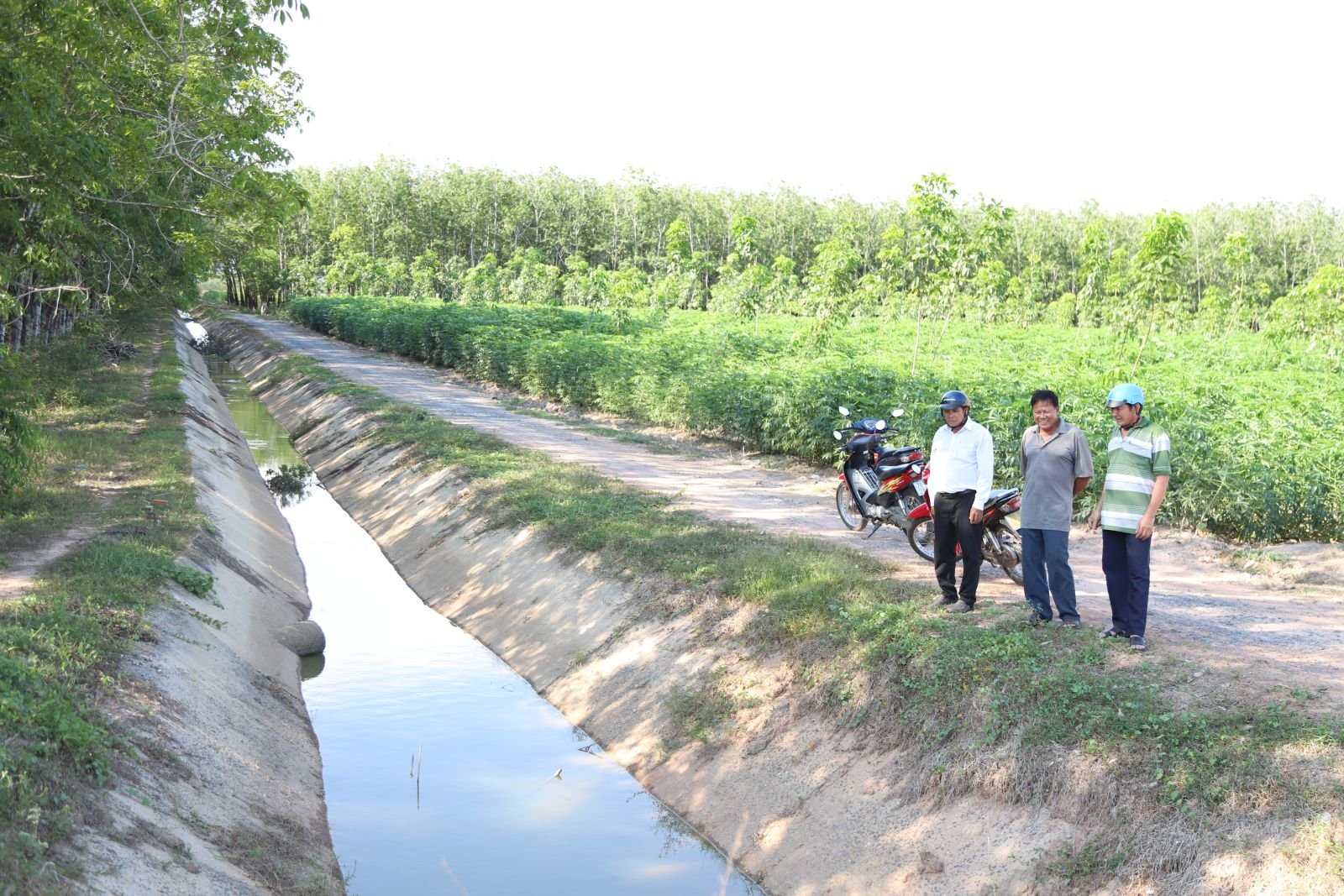
According to Mr. Tran Thanh Tan - Chairman of the Farmers' Association of Bau Nang Commune, in the years before the irrigation system was installed, this area was dry and lacked water. To have water for production, people had to dig wells for irrigation. At that time, farmers only grew one rice crop and then rested for a few months before continuing production. Therefore, the economic efficiency was not high. But since the irrigation system was installed in the area, bringing water from Dau Tieng Lake, people have changed their crop structure.
People can build a pipeline system to bring water to the fields for production, which is cheaper than digging a well. Canal water is also available continuously, so there is no need to worry about drought or groundwater interruption during the dry season. Now, people can grow many crops in a row because there is enough water to use. For example, many households can now use canal water to irrigate rubber trees to increase the harvest time.
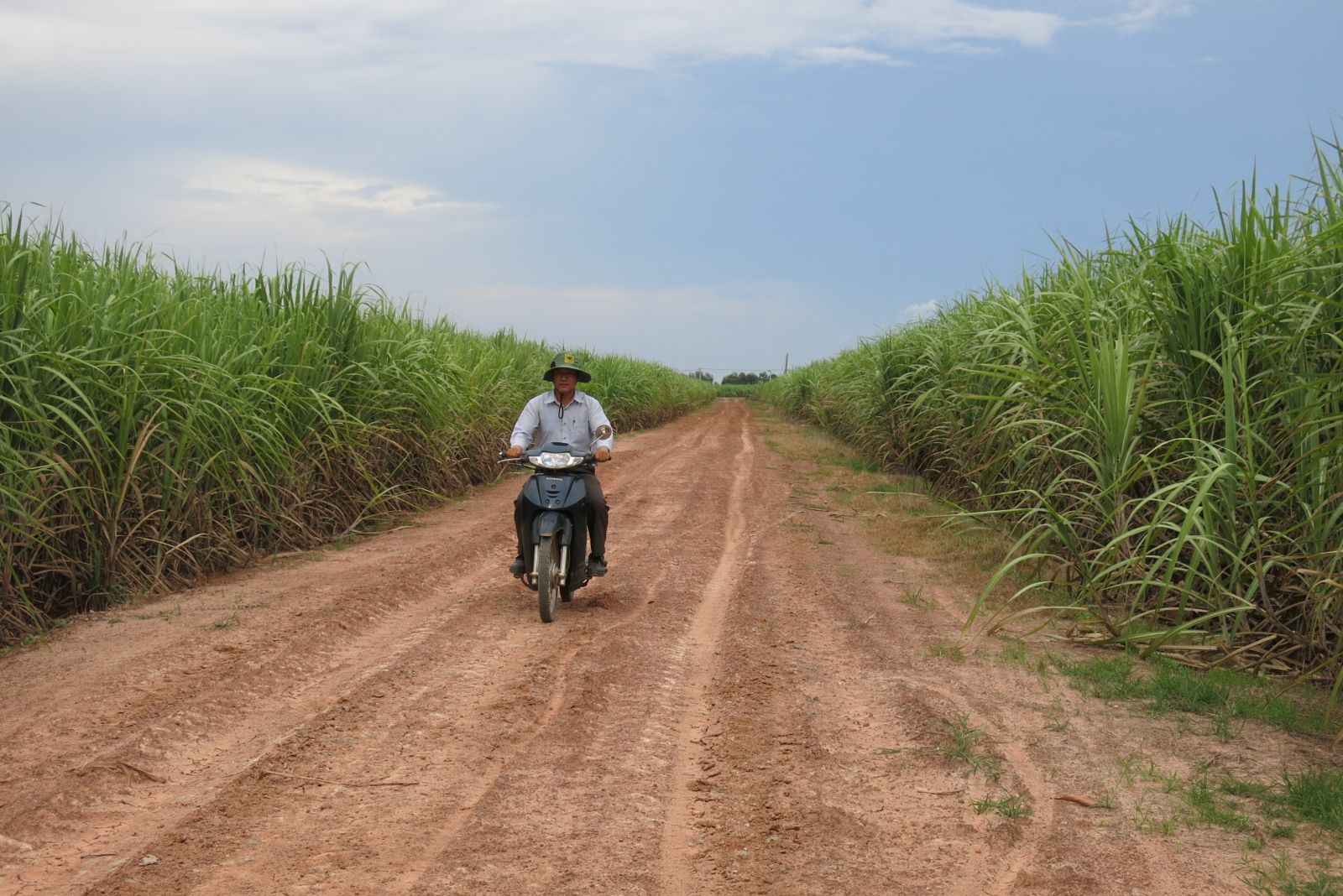
Mr. Lai Quoc Viet, 69 years old, residing in Ninh Thuan hamlet, Bau Nang commune, is a long-time farmer. He is currently cultivating 2 hectares of rice in the area along the T511 canal. Mr. Viet has been farming since the liberation, so he clearly sees the changes since the local irrigation system was built.
Previously, he only grew one rice crop per year, but after the irrigation system brought water from Dau Tieng Lake, Mr. Viet can grow 2-3 rice crops per year, increasing productivity. Currently, the canal system has been concreted, so water supply is convenient, people can use water freely without any additional costs. According to Mr. Viet, ensuring irrigation water has contributed to many changes in the production process as well as farmers' lives.
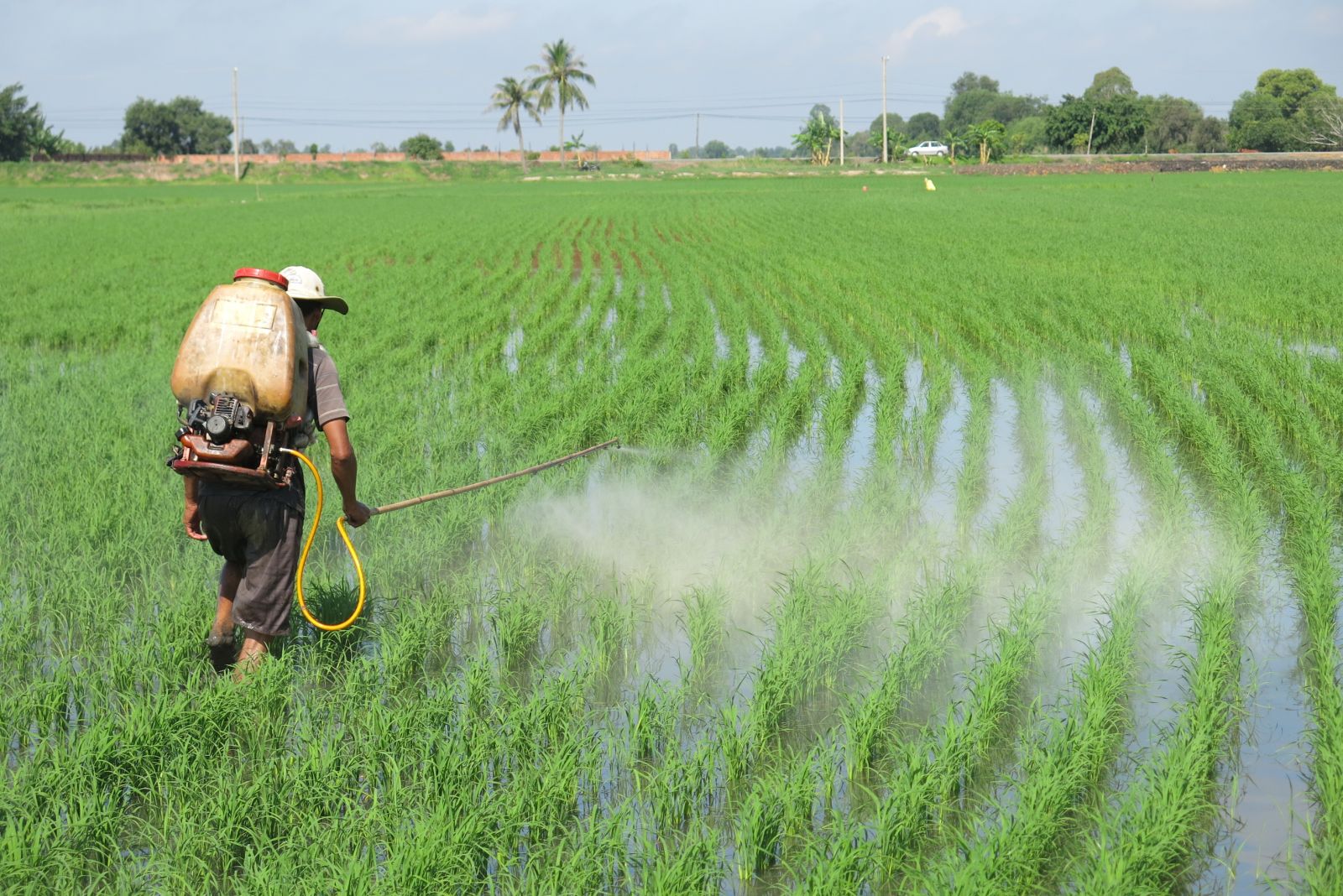
Bring water across the Vam River
The project to bring water across the Vam Co River in Tay Ninh province is an important irrigation project to bring water from Dau Tieng Lake to irrigate the fields in the west of the province with nearly 17,000 hectares of agricultural land in the two border districts of Chau Thanh and Ben Cau.
Construction started in 2018 and is now entering phase 2. With a long-term vision and practical effectiveness, the Vam Co Dong River irrigation project is making an important contribution to the sustainable socio-economic development of Tay Ninh province.
According to Mr. Le Minh Hai - Chairman of the Farmers' Association of Long Phuoc Commune, Ben Cau District, people here mainly live on farming. The main crops are cassava, sugarcane, and other crops.
“More than 10 years ago, this area only grew rice once a year due to lack of water. To drill a well, one had to drill it 40-50m deep, but not everywhere had enough water to serve agriculture. In the dry season, the wells sometimes ran dry. Therefore, farmers’ lives faced many obstacles,” said Mr. Hai.
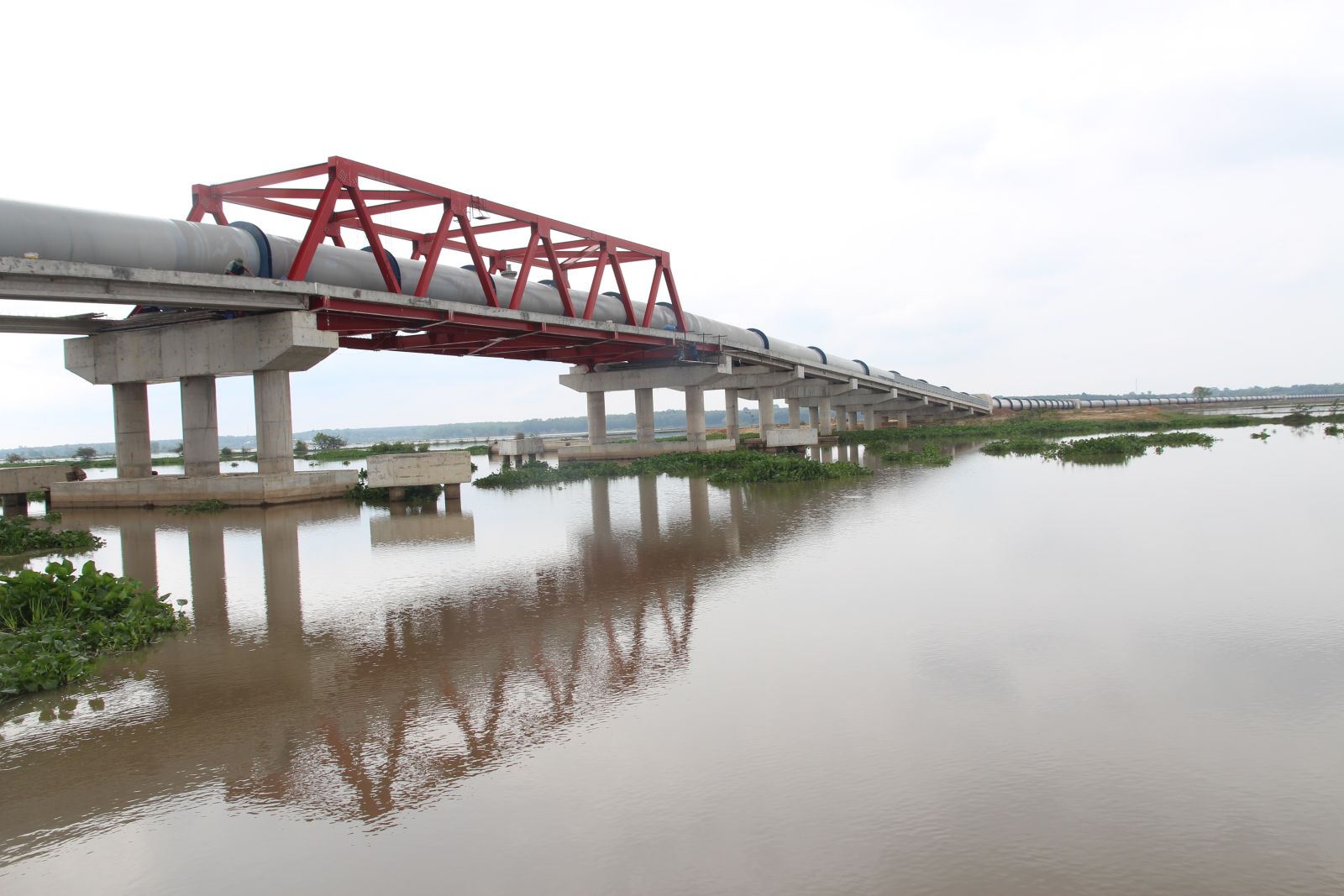
Faced with the difficulties of the people, in 2014, Long Phuoc commune invested in a Long Phuoc A pumping station with a capacity to irrigate 500 hectares of land. However, the pumping station is often unstable, the machine power is not enough to push water far; the cost is high.
Mr. Duong Thanh My, a farmer in Long Phuoc commune, said that farming in this area in the past was extremely difficult. “During the rainy season, the land was flooded so much that each year, we could only grow one rice crop, but sometimes it was successful, sometimes it was a failure. Because the water level was too high, the rice could not survive.
Then the government invested in a submerged canal (drainage canal), the water could drain away so the rice crop was more secure, but it could still be grown once a year. In the dry season, not much could be grown. The land here without irrigation would become barren land," said Mr. My.
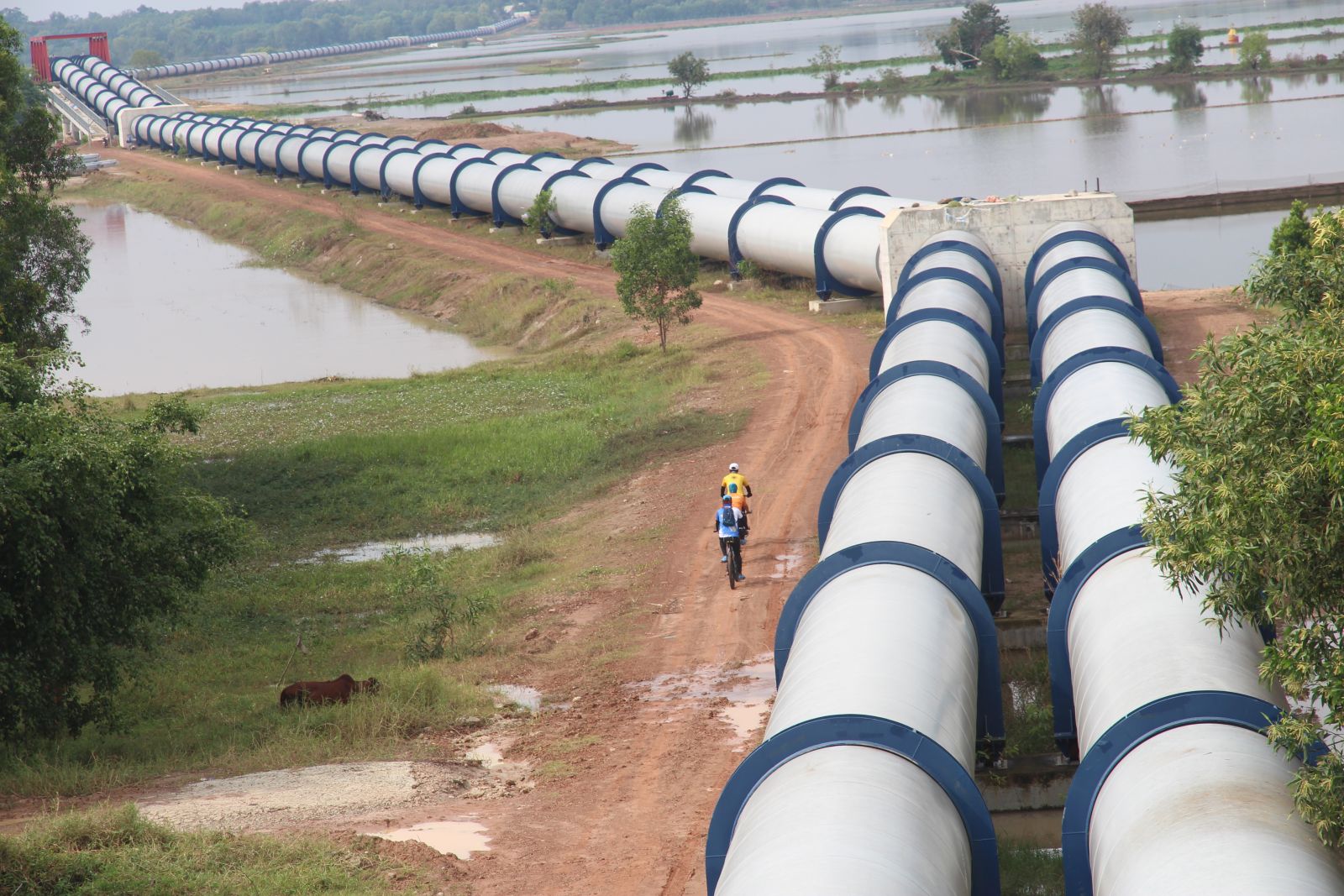
Taking us to visit the canal that carries water from Dau Tieng Lake across the Vam Co River under construction, Mr. Duong Thanh My was always happy when the State invested in the canal that goes through the fields of Long Phuoc commune, Ben Cau district.
Mr. My said he has 7 hectares of land growing cassava and rice. In recent years, although there was water from the Long Phuoc A pumping station, there were also rice fields far away, making it difficult to get water, so he had to rely on rainwater. Now, with a canal bringing water from Dau Tieng Lake, not only the people of Long Phuoc benefit, but also the communes on the west side of the Vam Co Dong River benefit.
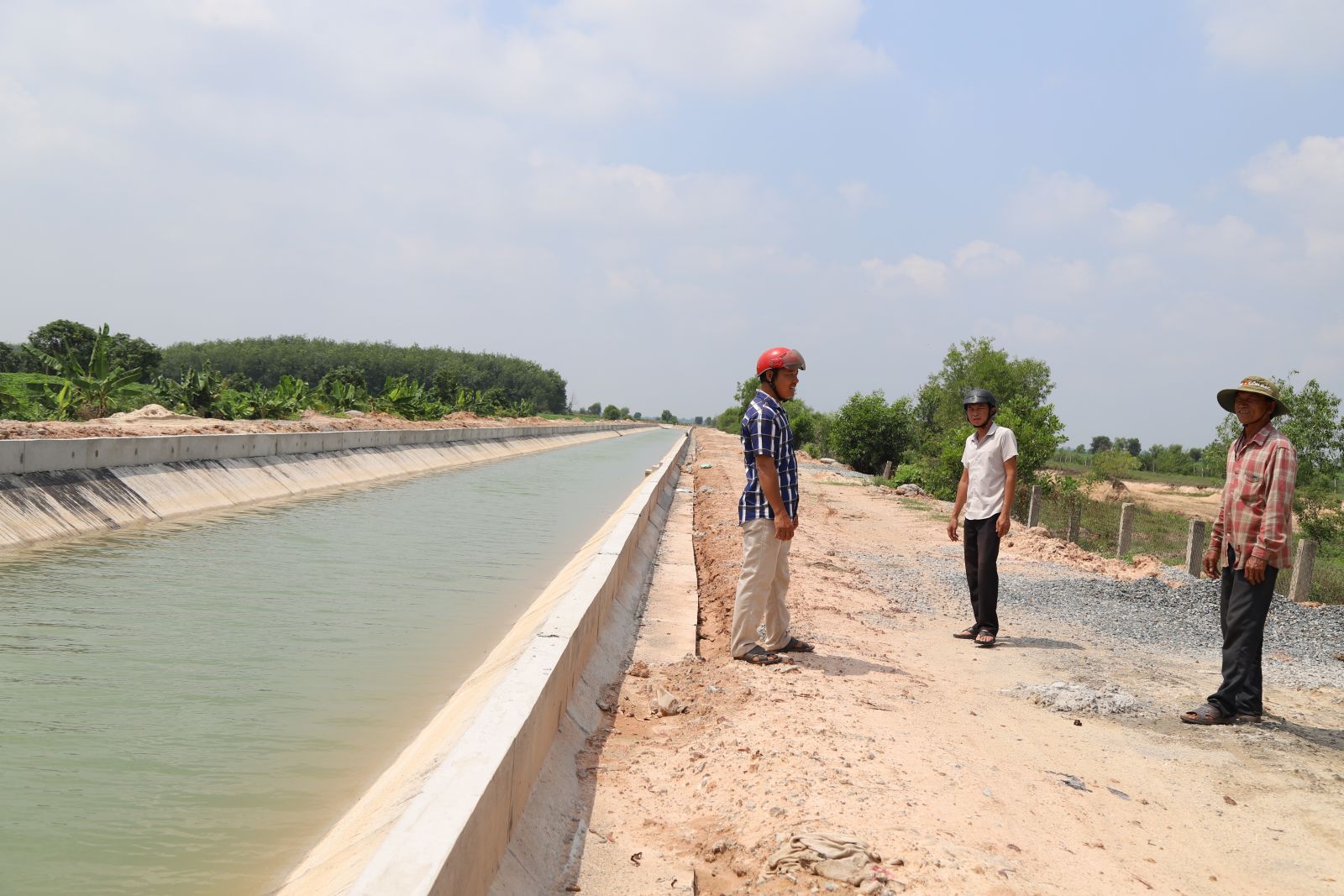
“The canal is still under construction, only a section has been concreted so the water is not yet fully available for irrigation, but every day when I pass by on my way to work, I see the water flowing in, the canal is clean and beautiful, I am very happy. Having this canal is wonderful. In the coming years, farmers in this area will have less hardship,” Mr. My shared.
In addition to the task of providing water for economic development, Dau Tieng Lake with its rich natural landscape also has great potential for tourism development, especially eco-tourism, resort and experience. With the orientation of developing “Green Tay Ninh” tourism, Dau Tieng Lake is an ideal destination for those looking for a space close to nature.
This is also what the province has been aiming for for many years in developing the Forest Protection and Development Project combined with the development of Nhim Island - Dau Tieng Lake ecotourism in line with the tourism development orientation according to the Master Plan for Tourism Development in the Southeast region to 2020, with a vision to 2030 in Decision No. 2351/QD-TTg dated December 24, 2014 of the Prime Minister.
Over 40 years of formation and development, Dau Tieng Lake has affirmed its essential role in regulating water resources, developing agriculture and making positive contributions to the socio-economic development of the Southeast region. For Tay Ninh people, Dau Tieng Lake is not only a source of life, but also a historical mark, a source of pride nurtured through each generation.
Vi Xuan - Khai Tuong
Source: https://baotayninh.vn/bai-cuoi-xanh-ngot-nuoc-long-ho-a189992.html






![[Photo] Prime Minister Pham Minh Chinh chairs conference on anti-smuggling, trade fraud, and counterfeit goods](https://vphoto.vietnam.vn/thumb/1200x675/vietnam/resource/IMAGE/2025/5/14/6cd67667e99e4248b7d4f587fd21e37c)

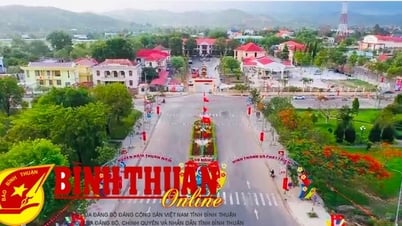

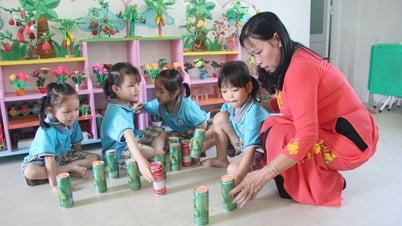

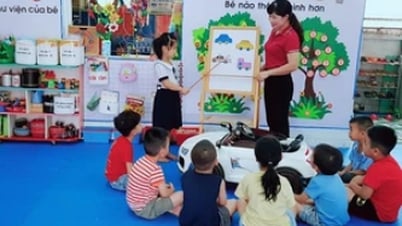



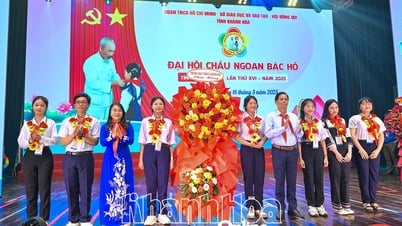
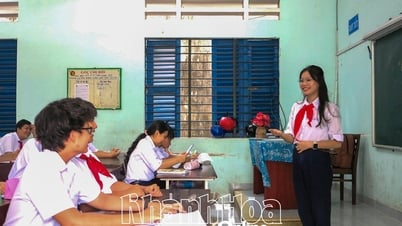




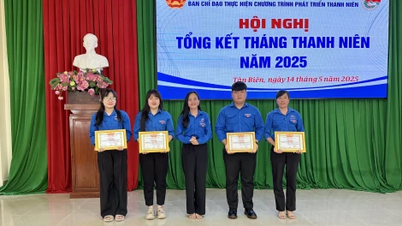
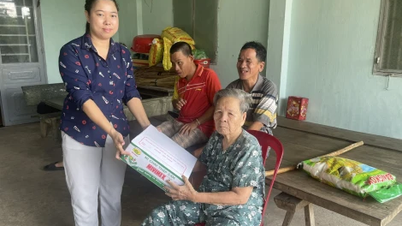

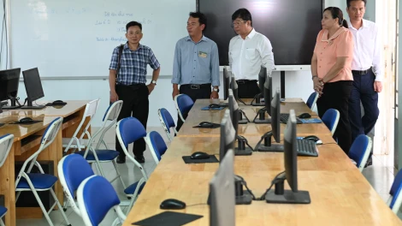
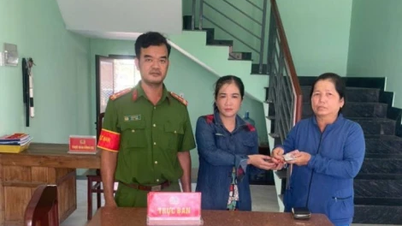
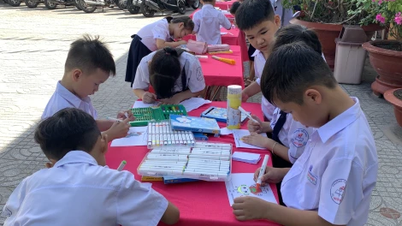


















































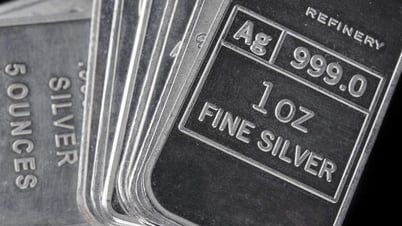
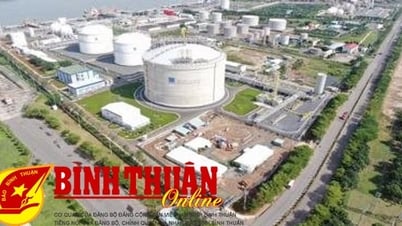
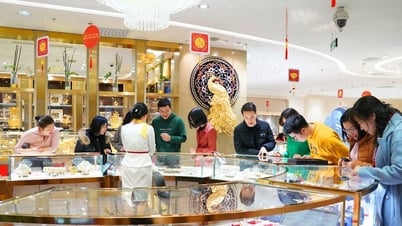
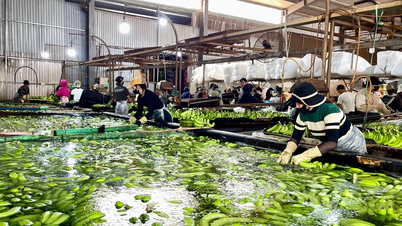









Comment (0)